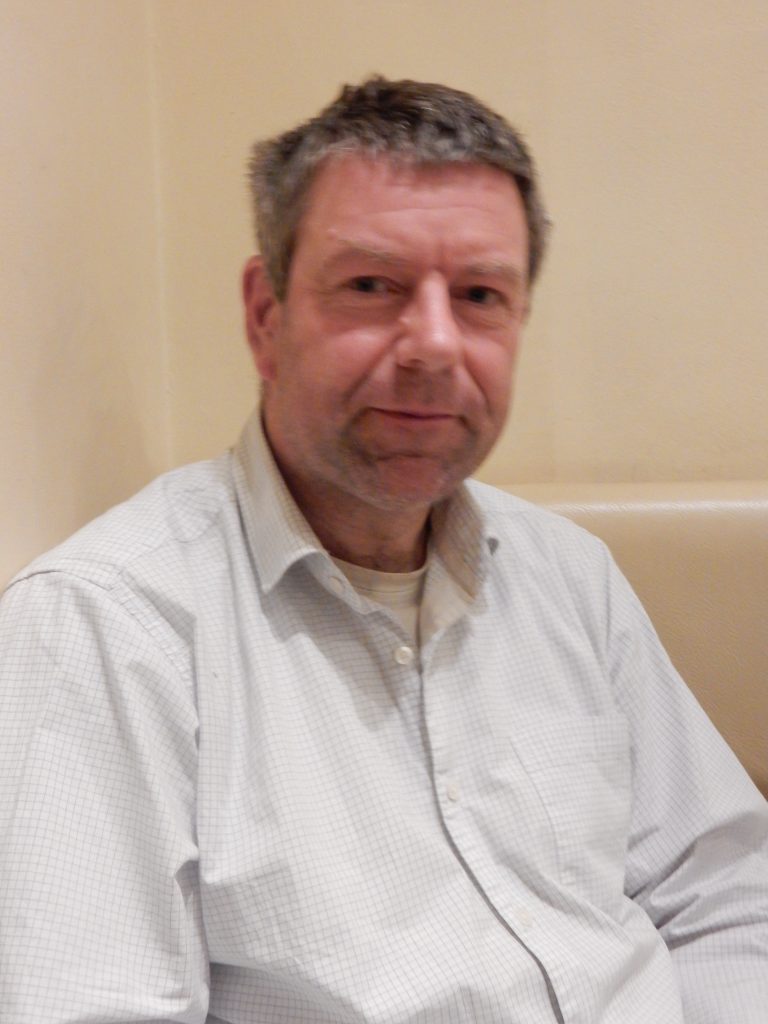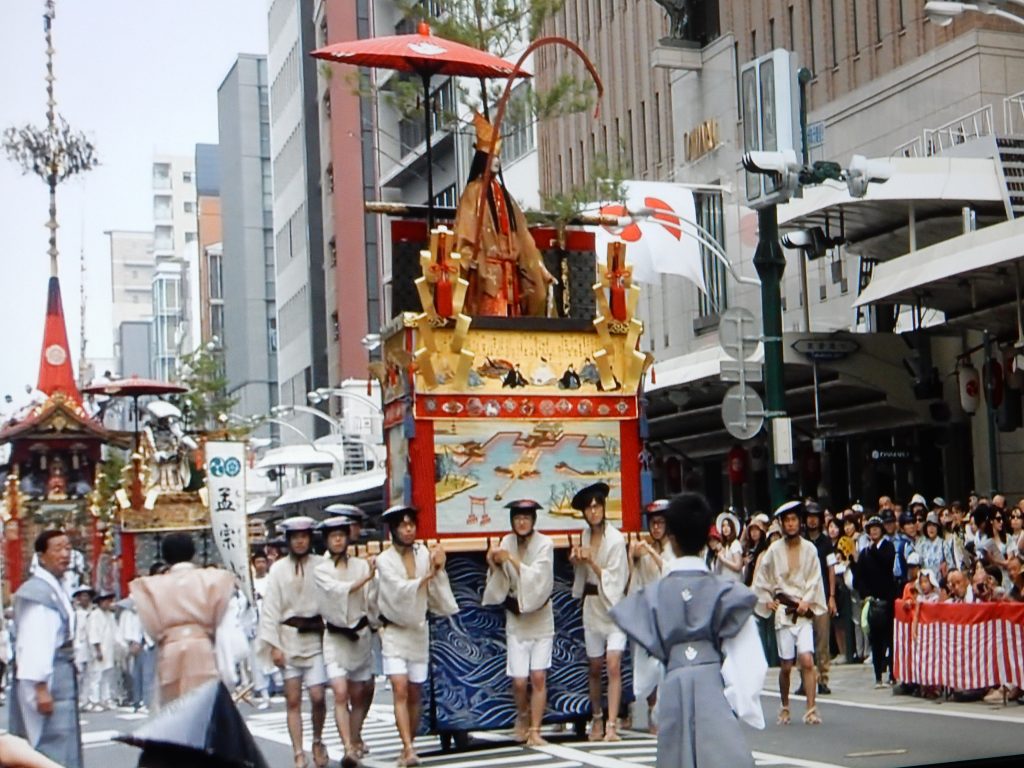
A lively and informative dinner talk for WiK members was held on March 11 featuring Dutch academic, Mark Teeuwen, who is on leave from the University of Oslo as a research fellow at Kyoto University for six months. His topic was the Gion Matsuri and the politics of heritage. The talk covered the postwar emphasis in Japan on its status as a cultural nation, sparked by a conflagration at Horyu-ji in 1949. This led to such developments as the intangible cultural property and the ‘ningen kokuho’. This was all part of Japan’s self-image as a unique cultural entity.
One of the leading lights in promoting Japan in this way was the famed Folklore Studies scholar Yanagita Kunio, who envisaged the emperor as the embodiment of the nation (rather than a living god). Items selected as part of the national heritage included for the first time in 1977 two festivals, one of which was Gion Matsuri. Was it a people’s festival? A merchant’s festival? or a city festival? Its identity became part of a power struggle with political ramifications.
For Kyoto city hall the festival represented above all an opportunity for tourist promotion, and city subsidies effectively ‘bought’ control of the event, with the mayor promoted to a leading role in the ceremonies. The ‘ato matsuri’ which had been an important part of the tradition was abolished in 1966 so as to concentrate the tourist potential on one big event. It became a huge operation, necessitating the employment of 6700 police in all, payment for which comes out of taxpayers money. In this way a religious event, once controlled by Yasaka Shrine and the city’s merchants, has been made into a huge tourist event serving commercial rather than community ends.
Many thanks go to Mark for his entertaining, informative and insightful talk, which helped make for a great Kyoto evening. It was evident that he had much else to share, and we hope to draw on his range of knowledge again in future.
****************
Some of Mark’s publications…
- Watarai Shintô: an Intellectual History of the Outer Shrine in Ise (1996)
- Nakatomi Harae Kunge: Purification and Enlightenment in Late-Heian Japan (1998)
- Shinto in History: Ways of the Kami (1999), with John Breen
- Buddhas and Kami in Japan ‘honji suijaku’ as a Combinatory Paradigm (2002)
- Tracing Shinto in the History of Kami Worship (2002)
- Shinto, a Short History (2003)
- The Culture of Secrecy in Japanese Religion (2006)
- A New History of Shinto (2010), with John Breen
- A Social History of the Ise Shrines (2017), with John Breen

